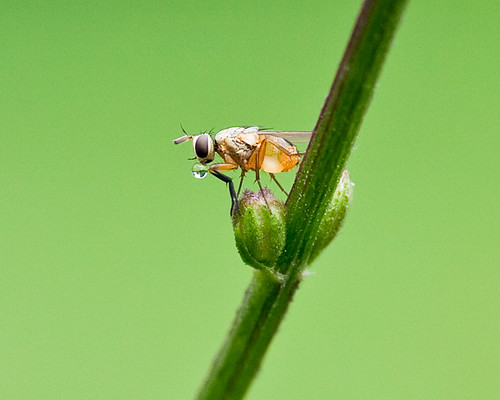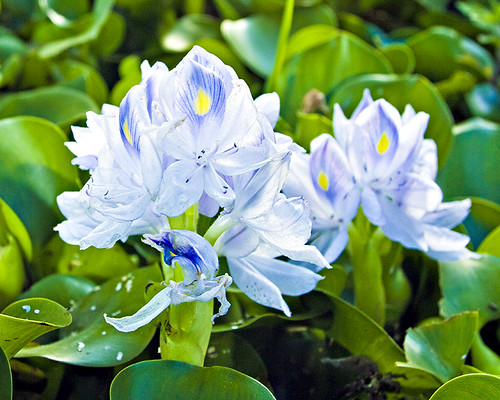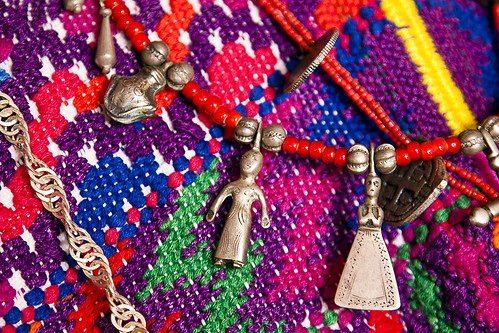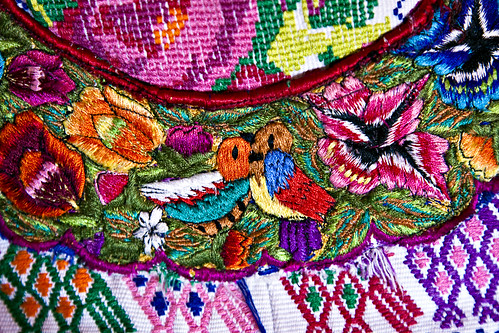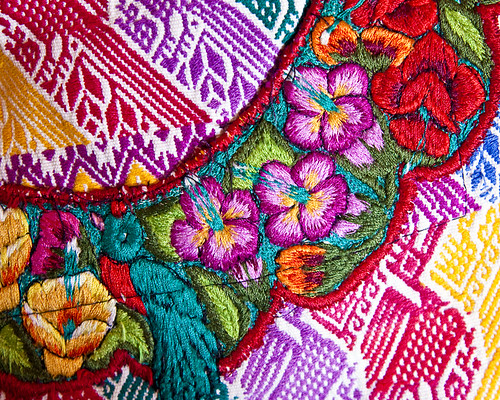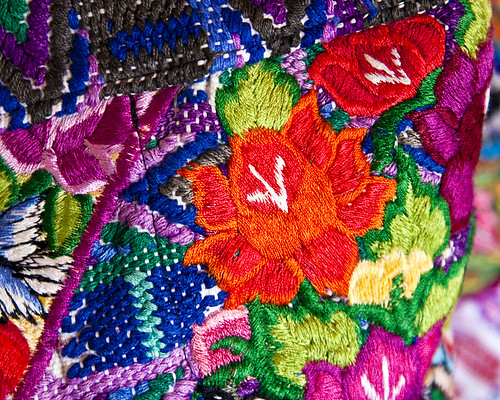miércoles, 22 de mayo de 2013
Humpback whale
La yubarta (Megaptera novaeangliae), también es llamada ballena jorobada (aunque realmente es un rorcual, pues la denominación «ballena» sólo se aplica a la familia Balaenidae), es una especie de cetáceo misticeto de la familia Balaenopteridae (rorcuales).
Es uno de los rorcuales más grandes, los adultos tienen una longitud de 12 a 16 m y un peso aproximado de 36 000 kg. La especie posee una forma corporal distintiva, con aletas pectorales largas y cabeza nudosa. Es un animal acrobático que con frecuencia salta sobre la superficie para luego golpear el agua. Los machos emiten un canto complejo, el cual dura de diez a veinte minutos y se repite por horas cada vez. El propósito del canto no es claro, sin embargo, parece desempeñar una función en el apareamiento.
Se distribuye por todos los océanos y mares del mundo; normalmente migran hasta 25 000 km cada año.
Humpback whale
La yubarta (Megaptera novaeangliae), también es llamada ballena jorobada (aunque realmente es un rorcual, pues la denominación «ballena» sólo se aplica a la familia Balaenidae), es una especie de cetáceo misticeto de la familia Balaenopteridae (rorcuales).
Es uno de los rorcuales más grandes, los adultos tienen una longitud de 12 a 16 m y un peso aproximado de 36 000 kg. La especie posee una forma corporal distintiva, con aletas pectorales largas y cabeza nudosa. Es un animal acrobático que con frecuencia salta sobre la superficie para luego golpear el agua. Los machos emiten un canto complejo, el cual dura de diez a veinte minutos y se repite por horas cada vez. El propósito del canto no es claro, sin embargo, parece desempeñar una función en el apareamiento.
Se distribuye por todos los océanos y mares del mundo; normalmente migran hasta 25 000 km cada año
Humpback whale
La yubarta (Megaptera novaeangliae), también es llamada ballena jorobada (aunque realmente es un rorcual, pues la denominación «ballena» sólo se aplica a la familia Balaenidae), es una especie de cetáceo misticeto de la familia Balaenopteridae (rorcuales).
Es uno de los rorcuales más grandes, los adultos tienen una longitud de 12 a 16 m y un peso aproximado de 36 000 kg. La especie posee una forma corporal distintiva, con aletas pectorales largas y cabeza nudosa. Es un animal acrobático que con frecuencia salta sobre la superficie para luego golpear el agua. Los machos emiten un canto complejo, el cual dura de diez a veinte minutos y se repite por horas cada vez. El propósito del canto no es claro, sin embargo, parece desempeñar una función en el apareamiento.
Se distribuye por todos los océanos y mares del mundo; normalmente migran hasta 25 000 km cada año
Huipil
Huipil ['wipil] is the traditional garment worn by indigenous women from Guatemala. It is a loose-fitting tunic, generally made from two or three rectangular pieces of fabric which are then joined together with stitching, ribbons or fabric strips, which an opening for the head and if the sides are sewn, opening for the arms. Traditional huipils, especially ceremonial ones, are usually made with fabric woven on a backstrap loom and are heavily decorated with designs woven into the fabric, embroidery, ribbons, lace and more. The decoration of traditional huipils generally indicates the ethnicity and community of the wearer as each have their own methods of creating the fabric and decorated. Some have elaborate designs with the designs having significance. Ceremonial huipils are the most elaborate and are reserved for weddings, burials, women of high rank and even to dress the statues of saints.
Huipil
Huipil ['wipil] is the traditional garment worn by indigenous women from Guatemala. It is a loose-fitting tunic, generally made from two or three rectangular pieces of fabric which are then joined together with stitching, ribbons or fabric strips, which an opening for the head and if the sides are sewn, opening for the arms. Traditional huipils, especially ceremonial ones, are usually made with fabric woven on a backstrap loom and are heavily decorated with designs woven into the fabric, embroidery, ribbons, lace and more. The decoration of traditional huipils generally indicates the ethnicity and community of the wearer as each have their own methods of creating the fabric and decorated. Some have elaborate designs with the designs having significance. Ceremonial huipils are the most elaborate and are reserved for weddings, burials, women of high rank and even to dress the statues of saints.
Huipil
Huipil ['wipil] is the traditional garment worn by indigenous women from Guatemala. It is a loose-fitting tunic, generally made from two or three rectangular pieces of fabric which are then joined together with stitching, ribbons or fabric strips, which an opening for the head and if the sides are sewn, opening for the arms. Traditional huipils, especially ceremonial ones, are usually made with fabric woven on a backstrap loom and are heavily decorated with designs woven into the fabric, embroidery, ribbons, lace and more. The decoration of traditional huipils generally indicates the ethnicity and community of the wearer as each have their own methods of creating the fabric and decorated. Some have elaborate designs with the designs having significance. Ceremonial huipils are the most elaborate and are reserved for weddings, burials, women of high rank and even to dress the statues of saints.
Huipil
Huipil ['wipil] is the traditional garment worn by indigenous women from Guatemala. It is a loose-fitting tunic, generally made from two or three rectangular pieces of fabric which are then joined together with stitching, ribbons or fabric strips, which an opening for the head and if the sides are sewn, opening for the arms. Traditional huipils, especially ceremonial ones, are usually made with fabric woven on a backstrap loom and are heavily decorated with designs woven into the fabric, embroidery, ribbons, lace and more. The decoration of traditional huipils generally indicates the ethnicity and community of the wearer as each have their own methods of creating the fabric and decorated. Some have elaborate designs with the designs having significance. Ceremonial huipils are the most elaborate and are reserved for weddings, burials, women of high rank and even to dress the statues of saints.
Huipil
Huipil ['wipil] is the traditional garment worn by indigenous women from Guatemala. It is a loose-fitting tunic, generally made from two or three rectangular pieces of fabric which are then joined together with stitching, ribbons or fabric strips, which an opening for the head and if the sides are sewn, opening for the arms. Traditional huipils, especially ceremonial ones, are usually made with fabric woven on a backstrap loom and are heavily decorated with designs woven into the fabric, embroidery, ribbons, lace and more. The decoration of traditional huipils generally indicates the ethnicity and community of the wearer as each have their own methods of creating the fabric and decorated. Some have elaborate designs with the designs having significance. Ceremonial huipils are the most elaborate and are reserved for weddings, burials, women of high rank and even to dress the statues of saints.
Huipil
Huipil ['wipil] is the traditional garment worn by indigenous women from Guatemala. It is a loose-fitting tunic, generally made from two or three rectangular pieces of fabric which are then joined together with stitching, ribbons or fabric strips, which an opening for the head and if the sides are sewn, opening for the arms. Traditional huipils, especially ceremonial ones, are usually made with fabric woven on a backstrap loom and are heavily decorated with designs woven into the fabric, embroidery, ribbons, lace and more. The decoration of traditional huipils generally indicates the ethnicity and community of the wearer as each have their own methods of creating the fabric and decorated. Some have elaborate designs with the designs having significance. Ceremonial huipils are the most elaborate and are reserved for weddings, burials, women of high rank and even to dress the statues of saints.
Huipil
Huipil ['wipil] is the traditional garment worn by indigenous women from Guatemala. It is a loose-fitting tunic, generally made from two or three rectangular pieces of fabric which are then joined together with stitching, ribbons or fabric strips, which an opening for the head and if the sides are sewn, opening for the arms. Traditional huipils, especially ceremonial ones, are usually made with fabric woven on a backstrap loom and are heavily decorated with designs woven into the fabric, embroidery, ribbons, lace and more. The decoration of traditional huipils generally indicates the ethnicity and community of the wearer as each have their own methods of creating the fabric and decorated. Some have elaborate designs with the designs having significance. Ceremonial huipils are the most elaborate and are reserved for weddings, burials, women of high rank and even to dress the statues of saints.






